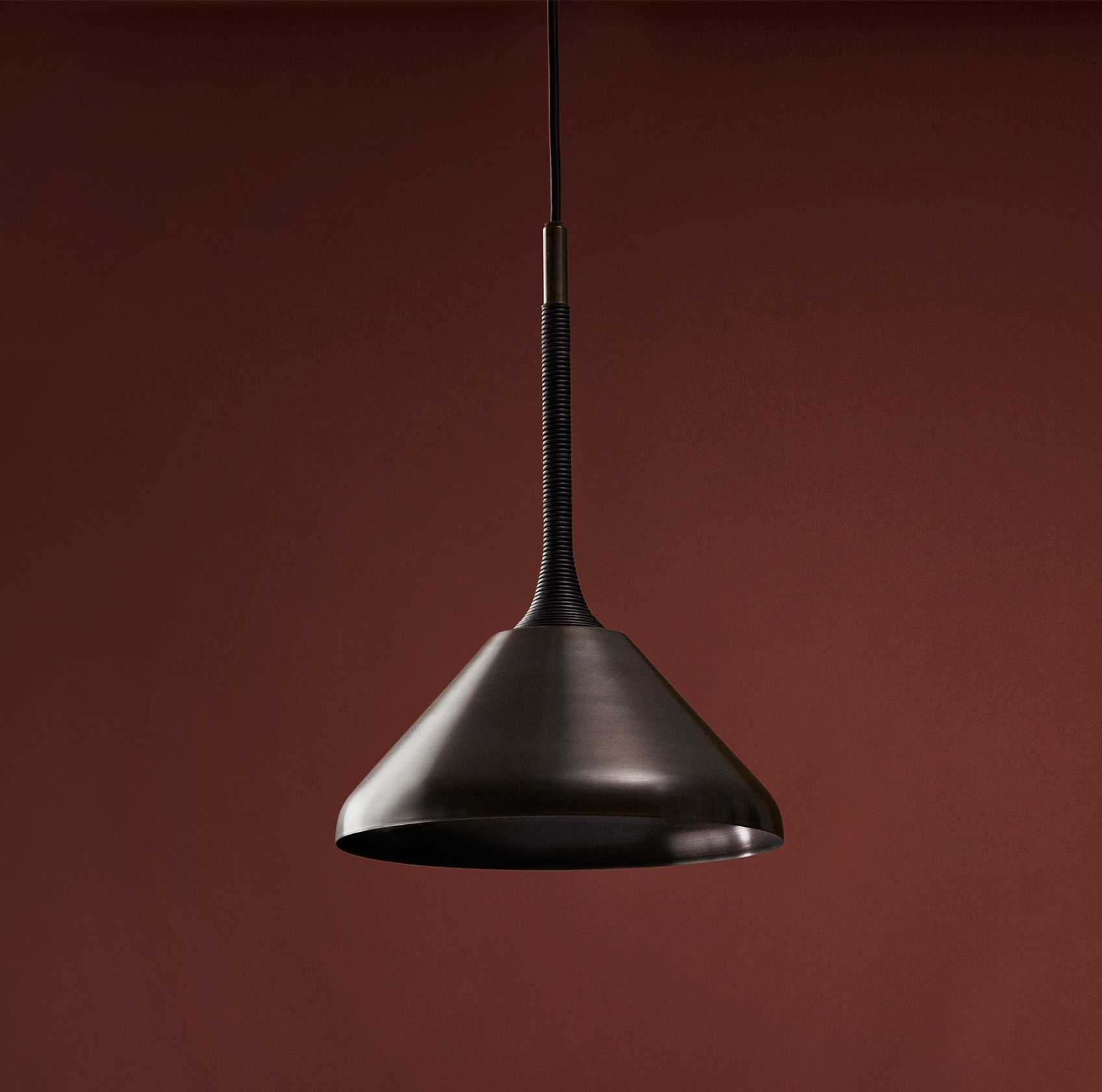

When he talks about the subject, he likes to invoke the title of a 1942 book of short stories about Los Angeles by the writer Timothy Turner: “Turn Off the Sunshine.” Hawthorne, a former architectural critic for The Los Angeles Times, has been thinking for years about the city’s public spaces and the lack of shade as a measure of inequality. The writer Sam Bloch, in an article in Places Journal this year that focused on Los Angeles, called shade “an index of inequality, a requirement for public health, and a mandate for urban planners and designers.” Led by the city’s chamber of commerce, which distributed pamphlets and books across the country portraying Southern California as a sun-dappled utopia, the marketing effort helped propel Los Angeles’s growth as a major metropolis.Īs the world warms, the issue of shade has drawn more attention from urban planners.

Historians have described this time of selling the sun in the late 19th and early 20th centuries as Los Angeles’s period of boosterism. Sunshine was once a salable commodity for Los Angeles, a singular characteristic used to beckon settlers from across America and beyond. “I’m always looking, trying to find something.” Coakley, a crossing guard, as she clutched a bottle of water. It was the only space where she could find a little respite, as temperatures approached triple digits. On the corner of Sixth Avenue and Jefferson Boulevard, between the Sixth Avenue Elementary School and Lupita’s Market, Gwendolyn Coakley was standing in the narrow shadow of a streetlight, waiting to help schoolchildren cross the street. As part of this effort, some of the city’s famous palm trees, which have defined the image of the city but do not provide much shade, could be replaced. In addition, the city has recently hired its first forestry officer, and announced a goal of planting 90,000 shade trees by 2021. Using data that overlays areas of intense heat with the busiest public transit routes, the city is rushing to deploy shade to nearly 750 bus stops, using trees, shade sails or umbrellas. Now, city officials, rather than selling sunshine as Los Angeles’s singular attraction, are treating it as a growing crisis. They say the sun has always been the draw of Los Angeles, but these days, shade is increasingly seen as a precious commodity, as the crises of climate change and inequality converge. And up in the hills of Bel-Air, where a sprawling estate just hit the market for a record $225 million, lush trees line the streets, providing welcome relief from punishing heat. Affluent families scramble for coveted spots in fancy kindergartens.

LOS ANGELES - There is no end to the glittering emblems of privilege in this city.


 0 kommentar(er)
0 kommentar(er)
